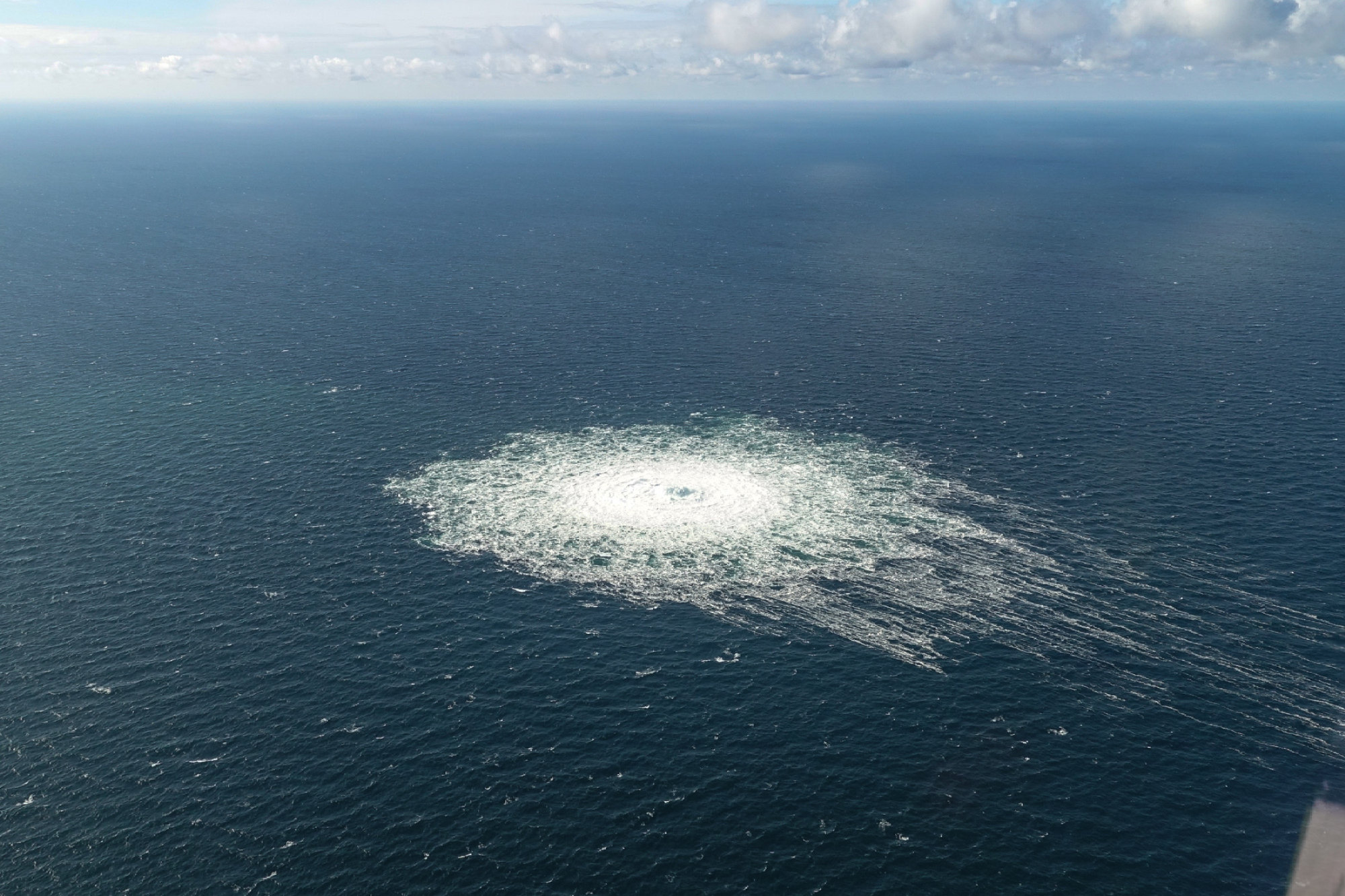Nato is helping finance a project aimed at finding ways to keep the internet running should subsea cables shuttling civilian and military communications across European waters come under attack.

As a result, Nato has been ramping up efforts to protect cables over the course of the past several months. Last year, it also established a centre to coordinate best practices for protecting undersea infrastructure in the wake of a September 2022 explosion that destroyed the Nord Stream 2 pipeline.
This latest research effort, which documents show is expected to formally launch with a symposium at Cornell University in New York later this month, is focused on developing methods to detect disturbances on cables and then automating bids to access satellite bandwidth (or potentially other subsea cables) to divert data.
Before researchers create a working operational system, they will spend two years testing prototypes and navigating regulations, according to project leaders and documents seen by Bloomberg. The project is expected to eventually involve commercial and government partners.
Hans Liwang, an associate professor for defence systems at the Swedish Defence University who is one of two primary co-directors for the project, said in an interview that he envisions a system that can divert sensitive data even as a precautionary measure. It makes sense, Liwang said, to develop an automated backup system in space given the rising threats to undersea critical infrastructure.
The risks range from cables inadvertently severed by anchors dragging along the sea floor to deliberate sabotage – including what Sweden said was “purposeful” damage in October to a Baltic subsea cable linking Estonia and Sweden.
“With enough time and banging our heads against the wall we are confident we can do it,” said Gregory Falco, a space systems engineer at Cornell University and the other co-director for the project, known as Hybrid Space and Submarine Architecture to Ensure Information Security of Telecommunications, or HEIST for short.
You would need three or four bombs to just cut off Iceland and its communications
Falco described the project as technically complex, dependent on “very messy” international law and said it will require a lot of jurisdictional coordination.
The Swedish Navy and Icelandic government are among those interested in using the system developed by the HEIST researchers, according to documents seen by Bloomberg. “You would need three or four bombs to just cut off Iceland and its communications,” said Bjarni Mar Magnusson, a law professor at Bifrost University in Iceland who will also work on HEIST. Representatives from the Swedish Navy and Icelandic Government did not comment.
Theodor Gislason, head of innovation at Syndis, said he was looking forward to using the findings of the Nato-backed project to defend Iceland against potential cable attacks. Representatives for Sierra Space and Viasat did not comment.
As part of the project, researchers are also looking at ways to detect threats to undersea cables more effectively to determine when traffic needs to be diverted. Subsea cable network operators can detect disturbances on a cable down to the nearest kilometre, but the project aims to reduce that to the nearest metre, according to Falco.
The project will undergo development in part at an underwater test bed for high-voltage cables near Sweden’s largest naval base, said Henric Johnson, a computer science professor at Sweden’s Blekinge Institute of Technology, who has tracked the rise of subsea warfare and will also participate in the HEIST project.
#Nato #backs #effort #save #internet #diverting #space #event #subsea #attacks,
#Nato #backs #effort #save #internet #diverting #space #event #subsea #attacks

